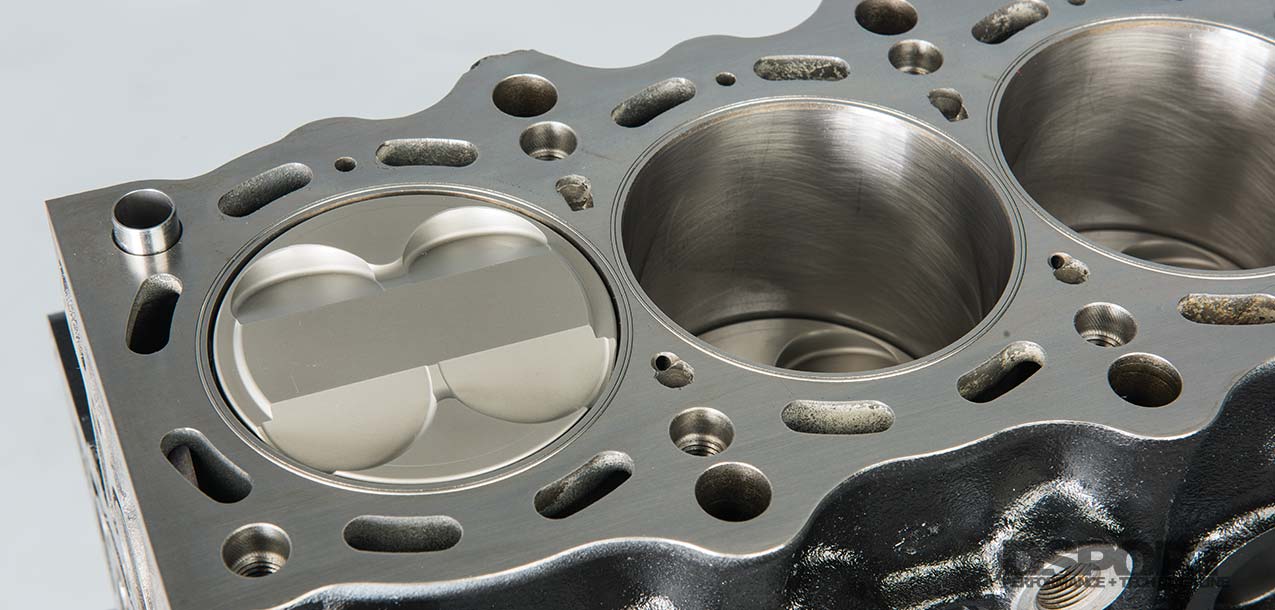Opinions are like assholes and everyone has one. Look on a forum, blog, Instagram or YouTube account and you can find a number of “engine builders” sharing their thoughts and feelings on the best compression ratio for a particular engine or application. If you take away anything more than the […]
Read More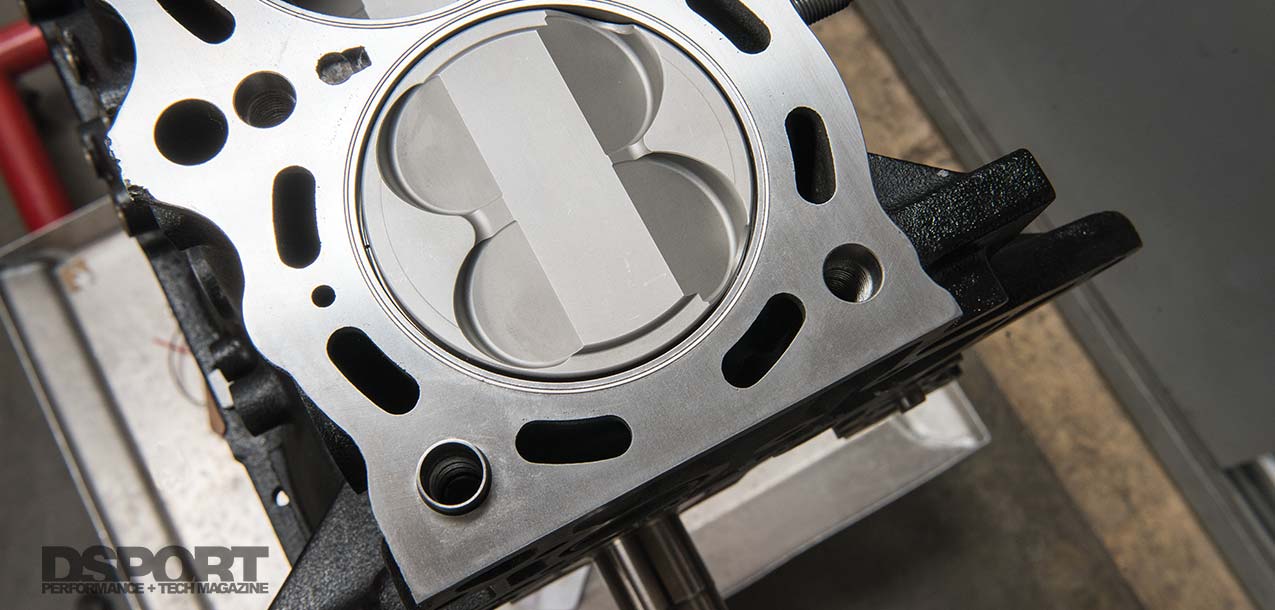
Performance Tech | Compression Ratio 101 Part:1
Optimizing an engine’s compression ratio for the type of fuel and the boost levels (forced induction applications) that will be used can result in additional power, increased torque and improved fuel economy. As you may already be aware of, some engines are optimized from the factory to run on higher-octane […]
Read More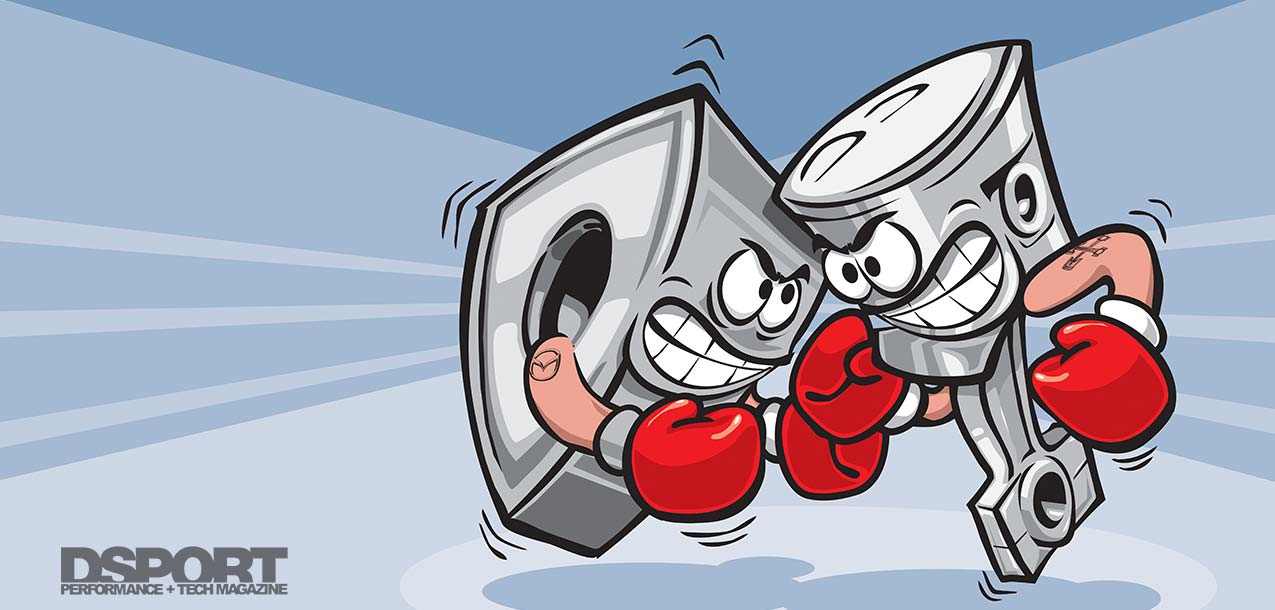
Rotary vs Piston
The Wankel Rotary engine: Mazda’s most prized offering is also the source of hundreds of hilarious internet memes. During a time where internal combustion piston engines were the primary technology used in vehicles, Mazda decided to develop a competing technology. In the early ‘70s, the Rotary engine powered nearly every […]
Read More
Quick Tech: The Ins and Outs of Copper Head Gaskets
Why copper? With the increasing availability of high-performance, multi-layer-steel (MLS) head gaskets, one might question why anyone would want to use something different. While MLS head gaskets might make sense on the majority of high-performance engine builds, copper head gaskets still have a place. Today, many Top Fuel engines and […]
Read More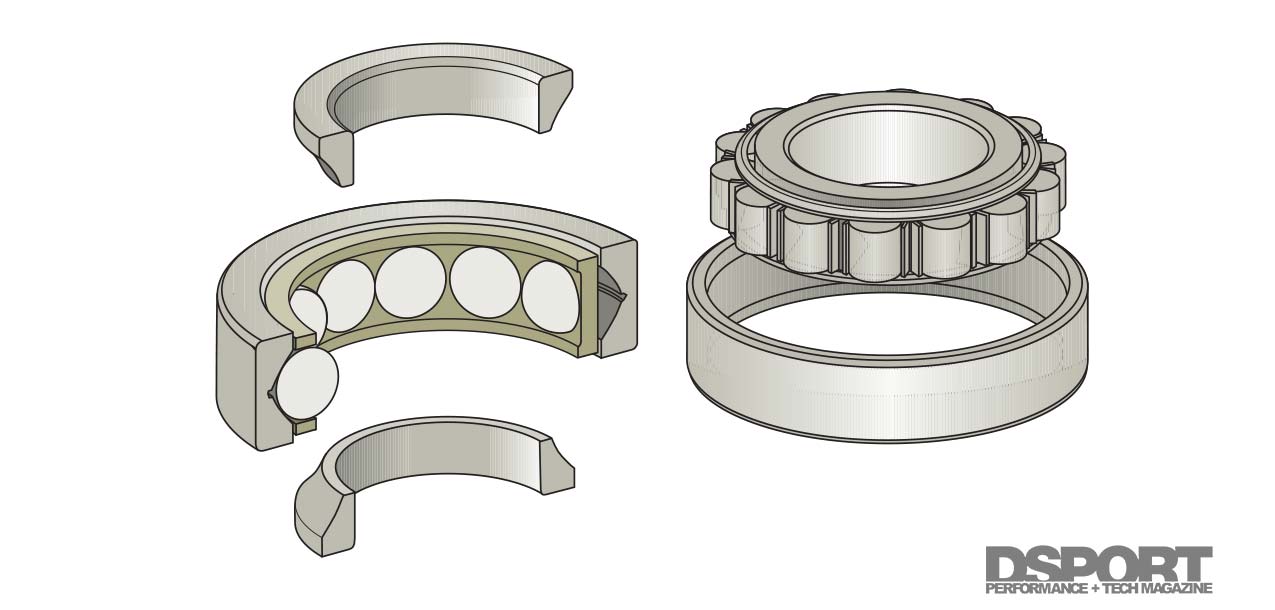
Quick Tech | Bearings: Part 1
Friction is a parasite that consumes energy and craps heat. When you allow friction to go unchecked, it will waste your power, burn your fuel and cook your parts. On the contrary, employing a friction reduction strategy delivers significant benefits. Reducing friction reduces waste and reduces heat. Less waste and […]
Read More
Engine Tech | Fuel Flow Bottlenecks
In the previous issue of DSPORT, we addressed all of the possible air flow restrictions that could be serving as bottlenecks. However, simply eliminating all of the airflow bottlenecks only completes half the job. For peak performance and reliability, fuel flow needs to be optimized as well. Too much air […]
Read More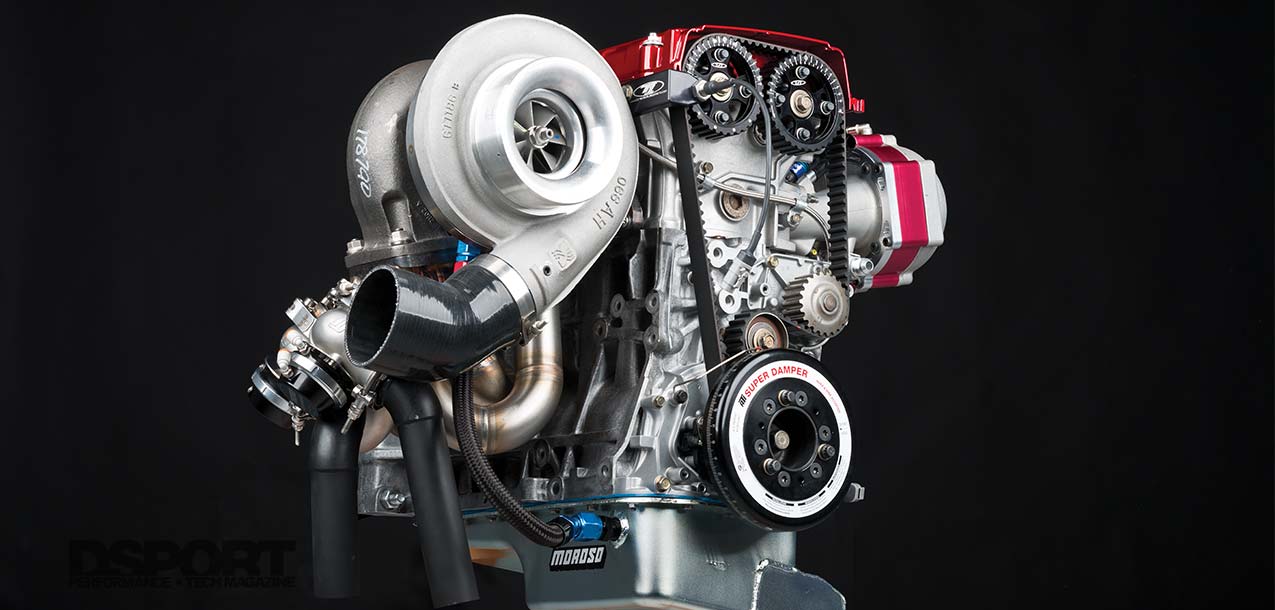
Engine Tech | Boxer, Inline, or V?
We all love making power. Most people know a lot about their engines, from its displacement and configuration, to its benefits and shortcomings. However, many don’t look outside of their engine bays to see what other types of configurations are out there. There are various types of engines that convert […]
Read More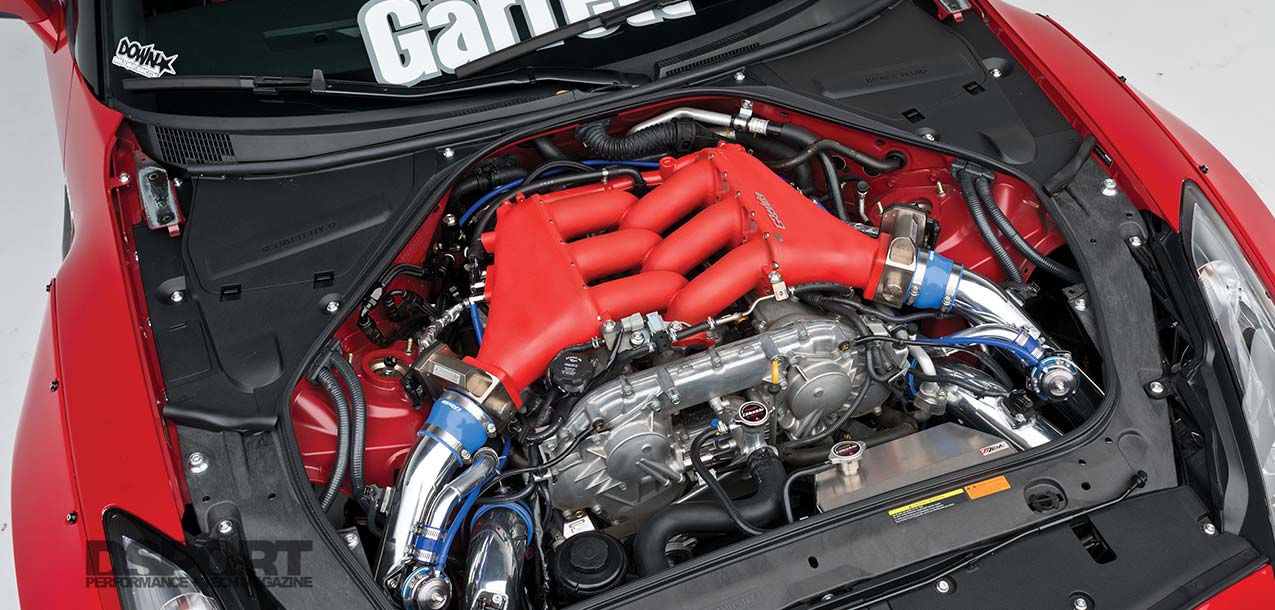
Engine Tech | Air Flow Bottlenecks
In the manufacturing of an issue of DSPORT Magazine, the speed and capabilities of the bindery at our printer represents the bottleneck. You can get faster presses to print more pages and forms per hour, and you can get more automation and labor to box and package the final magazines. […]
Read More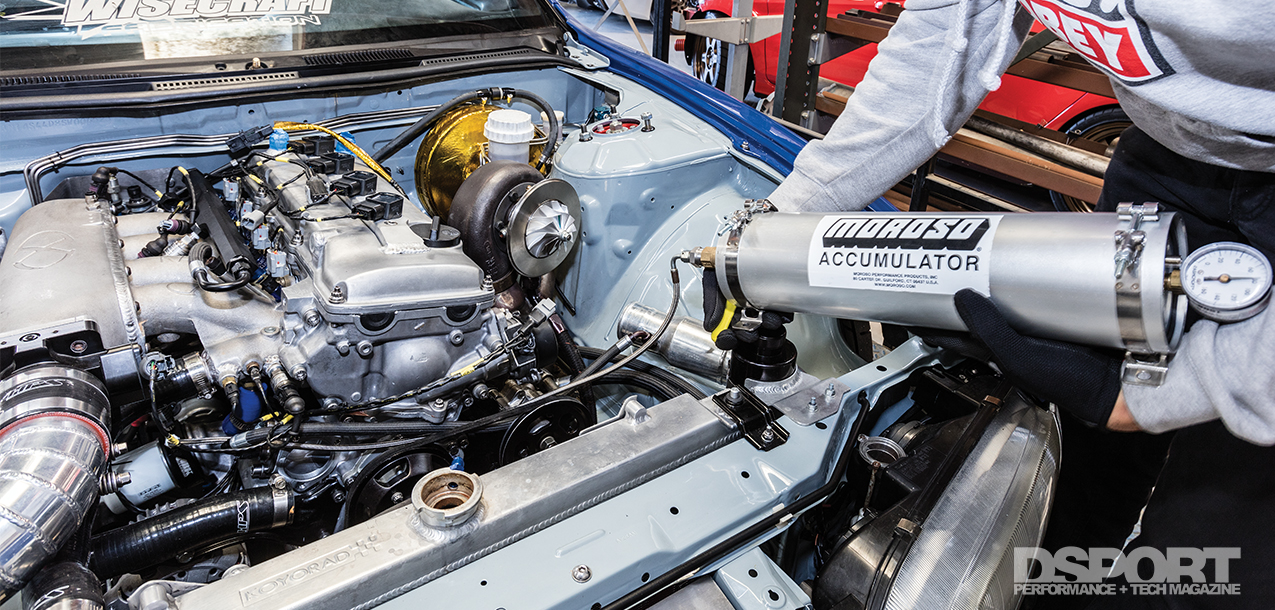
Quick Tech: Preemptive Lubrication to Reduce Engine Startup Wear
It’s the moment of truth. You’ve invested countless hours and spent tons of money on your new engine and now you’re about to start it up for the first time. Not to add to your stress level during this time, but did you know that the greatest amount of engine […]
Read More
Three Ways to Fix a Damaged Thread | Insert Tech 101
Strippers can be expensive. Stop thinking rap stars, lap dances and sports celebrities. We are talking about a “stripper” in terms of a hole that has had its threads stripped out or damaged. In addition to being expensive to repair, strippers also require a great deal of time and usually […]
Read More
Engine Tech 201: Bottom End | Pistons, Rods, Cranks, Bearings and Sleeves
It’s been said that “You have to start from the bottom, if you want to get to the top.” The same can be said about building a top-performing engine. One needs to start building up the bottom end if they wish to realize top-level performance. Whereas turbochargers, superchargers, camshafts and […]
Read More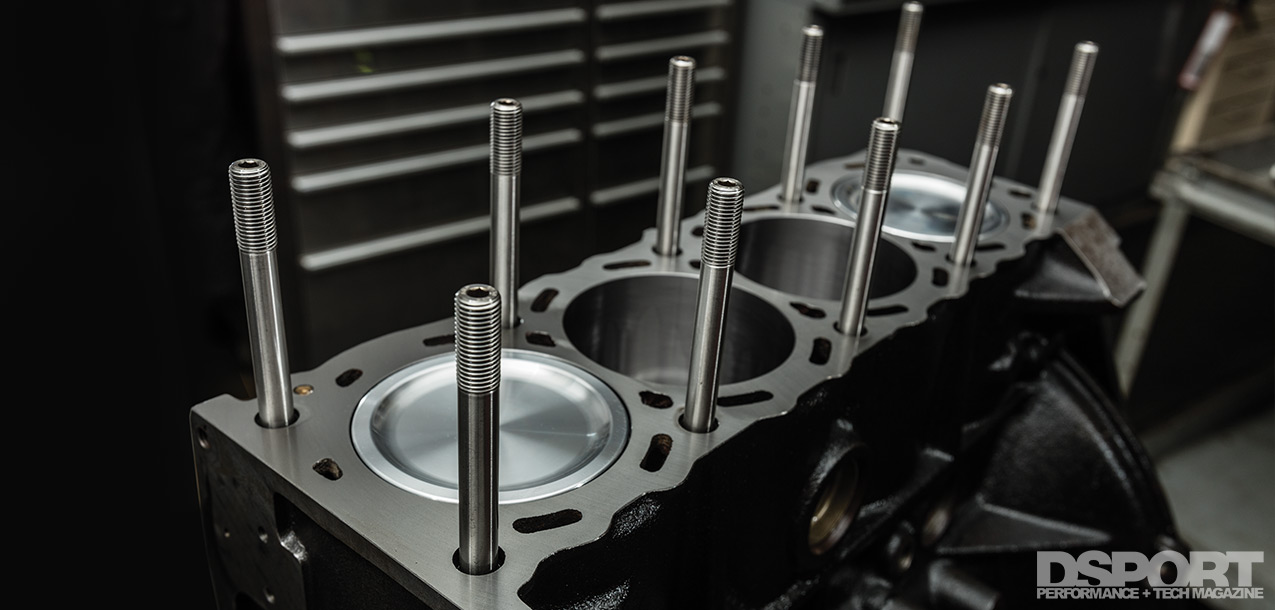
How To: Five Ways to Build a Bulletproof Engine Block
What is bulletproofing? In terms of high-performance engines, bulletproofing refers to increasing the power handling capacity of an engine beyond the desired power level. Depending on the design of the engine and the magnitude of the power handling increase desired, the bulletproofing process will vary. The parts and processes needed […]
Read More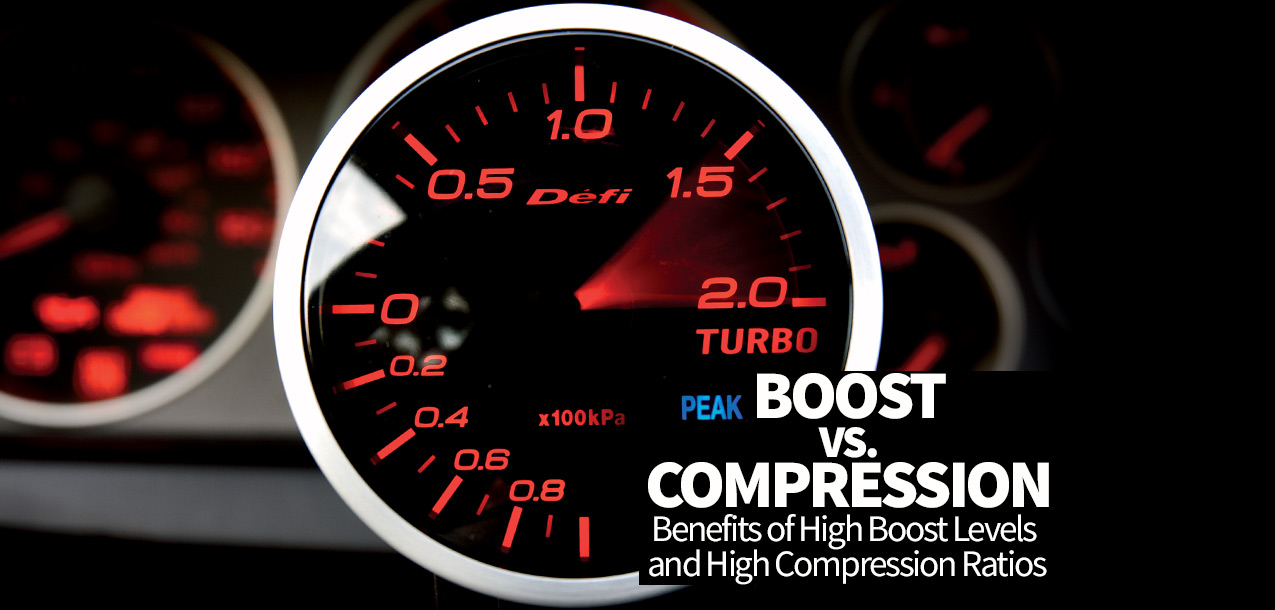
Boost vs. Compression: Benefits of High Boost Levels and High Compression Ratios
One-thousand horsepower, four-cylinder engines are today’s reality in import drag racing. This reality includes the leading-edge forced induction and engine-management technologies that make power production the easy part of building a racecar. Today’s performance engines are running at higher boost pressure levels and higher compression ratios than ever before. Understanding […]
Read More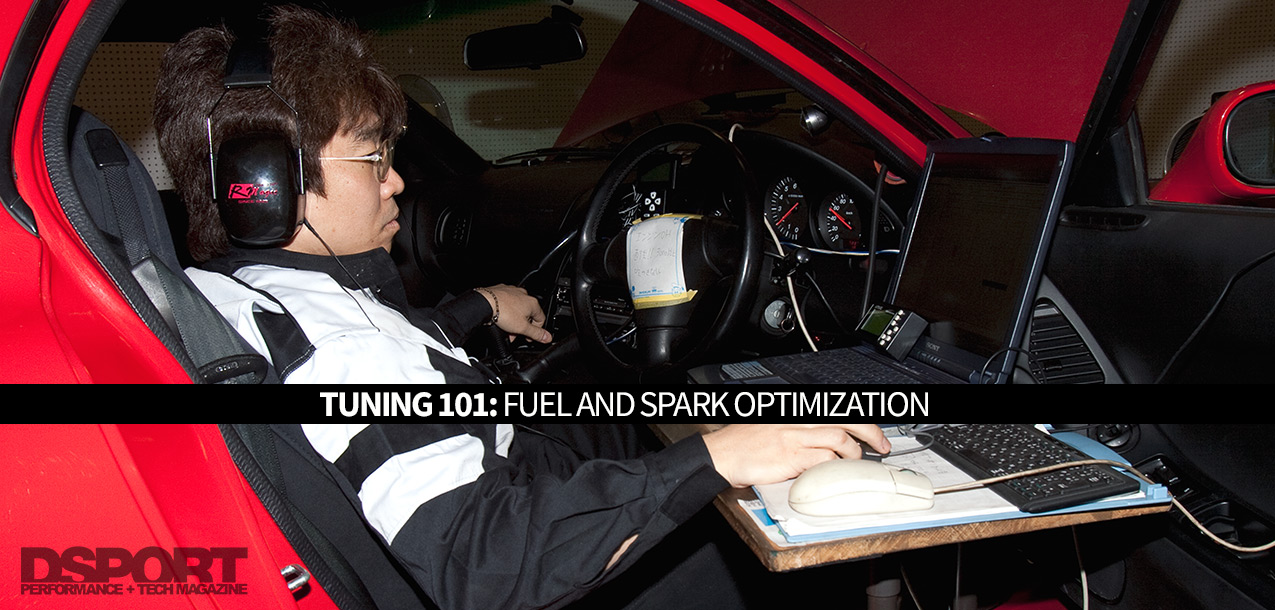
How to Properly Tune your ECU for Power, Efficiency, and Reliability
Before the advent of plug-and-play engine management systems, affordable UEGO sensors, and open-source reflash programs, the number of engine management “tuners” were limited. Before plug-and-play, a stand-alone system required hours for proper installation of the flying-lead harness. The complexity of the install deterred many from learning the skills necessary for […]
Read More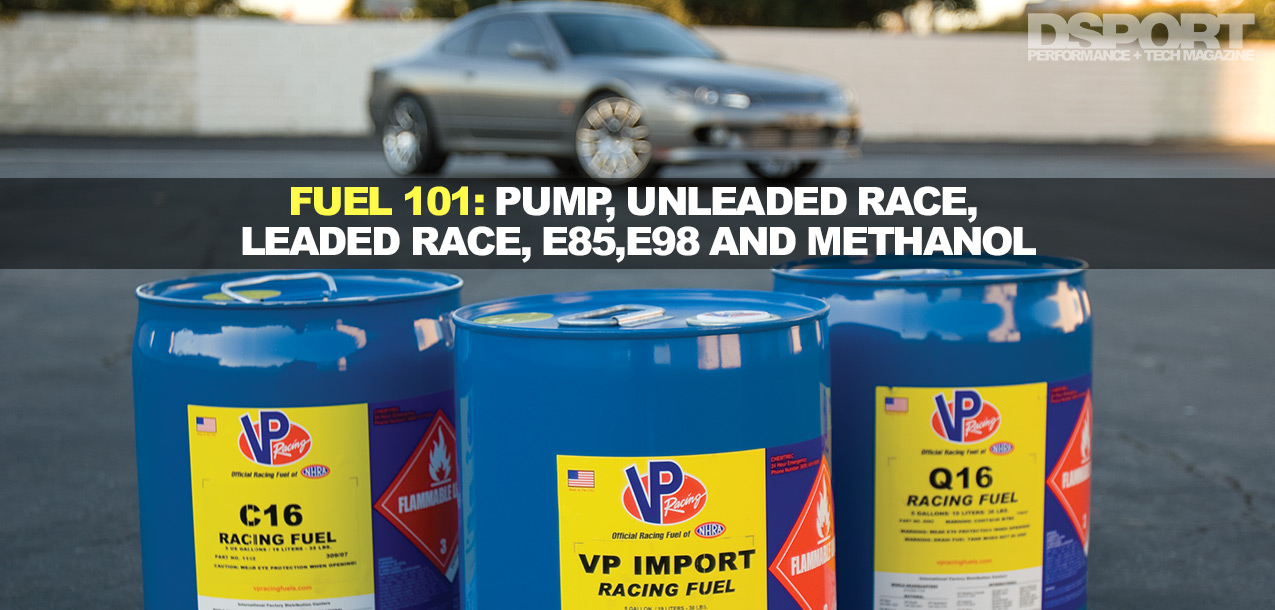
Fuel 101: Race Gas, Octane, and Alternative Fuels Explained
What you feed your engine determines it’s ultimate performance. The nutritional performance needs of an engine are influenced by a number of factors. Some of the most important factors include compression ratio, rpm potential and boost pressure (on forced induction applications). Engines that run higher compression ratios (above 10:1), operate […]
Read More

